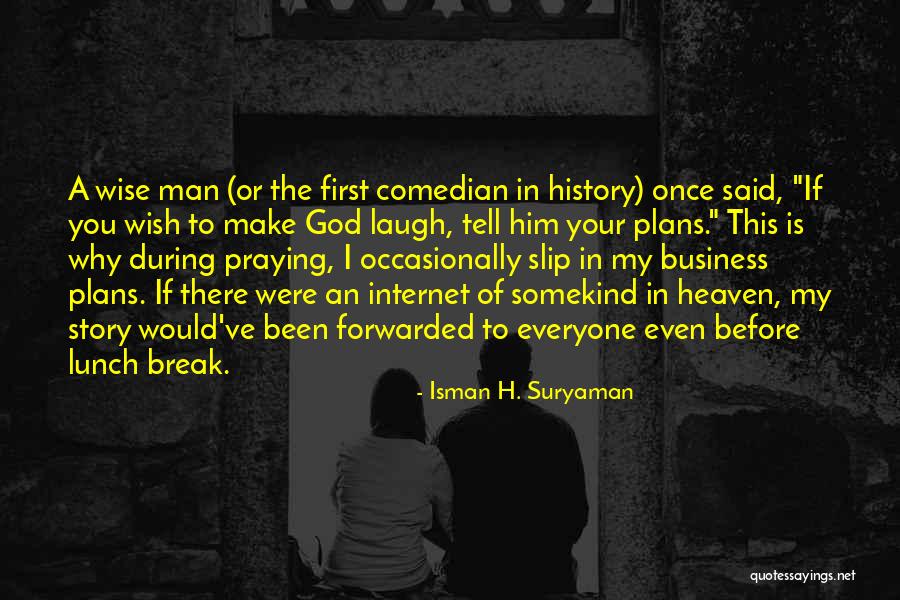

EVERYONE HAS A STORY WHETHER IT BE HOW TO
You may learn how to express your story of self more clearly as you tell it repeatedly the shifting makeup of your community may suggest a change in the story of us or maybe the group takes on a new, urgent challenge that requires a different story of now. Your Public Narrative may change over time. Each person has her own Public Narrative your story of self is unique, and your stories of us and now are similar to others in your group, though you may express them in your own way. Public Narrative links these three stories together into one. Linking the stories of self, us, and now. The story of now invites people to join you in taking hopeful action on the pressing challenge, Ganz says. In the case of a school-reform group, the story of now might involve getting rid of a corrupt superintendent or pressing for more public funding for education. “A ‘story of now’ is urgent, it is rooted in the values you celebrated in your story of self and us, and a contradiction to those values that requires action.” There is always some discrete and urgent challenge you can present to listeners. And so we started this campaign.” The story of us, says Ganz, invites other people to be part of your community.Ī story of now is about “the challenge this community now faces, the choices it must make, and the hope to which ‘we’ can aspire,” as Ganz puts it. Then we found each other and realized the fight was bigger than just ‘my kid’-we realized that we needed each other to win this fight. The story of us of a school-reform group might be, “Together, we are a community of local parents and residents who got into this work because we were fighting for our own kids’ educations in a failing school system-each of us wanted the best for our sons and daughters and neighbors.

As with the story of self, the story of us focuses on a challenge, a choice, and an outcome. Ganz says this story invites listeners to connect with the teller.Ī story of us is a collective story that Ganz says illustrates the “shared purposes, goals, vision” of a community or organization. The story of self communicates the teller’s values, whether it’s “opportunity for children” or “it takes a village.” The story of self presents a specific challenge the teller faced, the choice they made about how to deal with the challenge, and the outcome they experienced.

Someone else is a local store owner who sees schoolchildren every day when they come to buy snacks. If the cause is improving local schools, maybe one person got involved because her kids are getting a poor education and have outdated textbooks. If I am not for myself, who will be for me? If I am for myself alone, what am I? If not now, when? – Rabbi Hillel, quoted by Marshall GanzĪ story of self is a personal story that Ganz says shows “why you were called to what you have been called to.” Everyone has a story about an experience that got him or her involved in a given cause. Public Narrative brings three stories together into one. The practice was developed by Marshall Ganz-a former longtime United Farm Workers organizer and now Harvard professor-and used as a template by the Obama campaign. One of the things they learned there was a leadership-development practice called Public Narrative. Obama’s 2008 campaign volunteers would attend a gathering called Camp Obama. No wonder that the speaker of these words, and the author of a thoughtful memoir, would have storytelling be a central part of his presidential campaign four years later. “I stand here knowing that my story is part of the larger American story.” That’s Barack Obama in his 2004 Democratic National Convention speech.


 0 kommentar(er)
0 kommentar(er)
